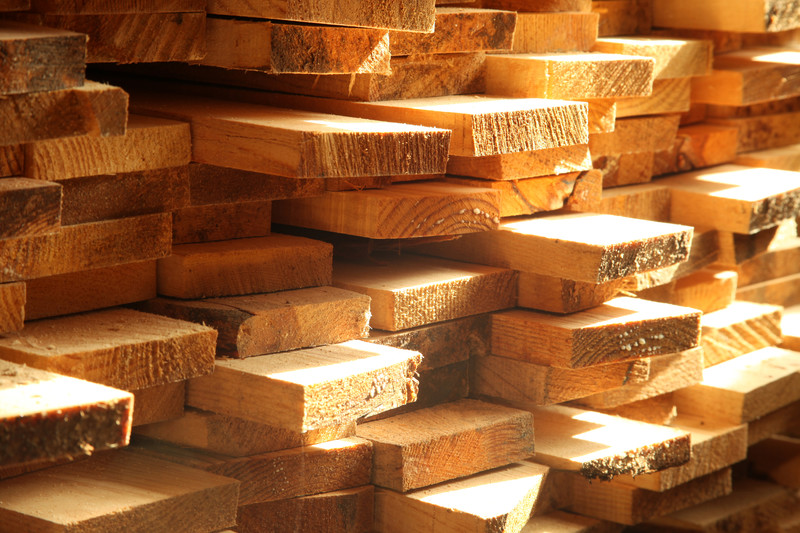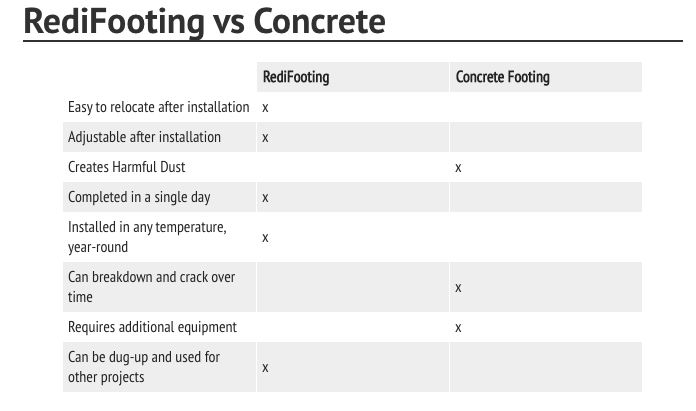Proper drainage is crucial for extending your deck’s lifespan and preventing structural damage. Water accumulation can lead to rot, mold, and premature deterioration of deck materials, making effective drainage solutions essential for any deck construction project.
Understanding Water Flow
Decks must be designed to manage three primary water sources: rain, snow melt, and runoff from the house. The deck’s slope, board spacing, and drainage systems all play crucial roles in directing water away from both the deck and home’s foundation.
Essential Drainage Solutions
- Proper Deck Slope
A slight slope (typically 1/8 inch per foot) away from the house allows water to naturally flow off the deck. This subtle grade is barely noticeable to users but provides crucial water management. - Board Spacing
Deck boards should have gaps of 1/8 to 1/4 inch between them. These gaps allow water to drain through the decking and provide proper air circulation. The exact spacing depends on the decking material and local climate conditions. - Under-Deck Systems
For elevated decks, installing an under-deck drainage system can create a dry space below. These systems typically consist of:
- Water-collection panels
- Gutters and downspouts
- Waterproof membranes
These components work together to channel water away from the structure.
- Ground-Level Solutions
For ground-level decks, consider:
- French drains around the perimeter
- Gravel beds beneath the deck
- Strategic landscaping to direct water flow
- Proper grading of the surrounding soil
Common Drainage Challenges
- Poor Initial Planning
Many drainage issues stem from inadequate planning during construction. Consider water management before building begins, accounting for:
- Local rainfall patterns
- Property grading
- Soil type and absorption rates
- Existing drainage patterns
- Blocked Drainage Paths
Regular maintenance is essential to prevent:
- Debris accumulation between deck boards
- Clogged gutters and downspouts
- Blocked underground drainage systems
- Foundation Impact
Improper drainage can affect your home’s foundation. Install appropriate barriers and drainage systems to protect both the deck and house foundation from water damage. - Climate Considerations
Different climates present unique challenges:
- Heavy rainfall regions need robust drainage systems
- Snow-prone areas must account for snow melt
- Hot, humid areas should focus on preventing moisture trapped beneath the deck
Prevention and Maintenance
- Regular Inspections
- Check drainage systems seasonally
- Clear debris from between deck boards
- Ensure proper function of gutters and downspouts
- Monitor for signs of water damage
- Professional Assessment
Consider having a professional evaluate your deck’s drainage system if you notice:
- Standing water
- Mold or mildew growth
- Warped or rotting boards
- Foundation dampness
- Upgrades and Improvements
As your deck ages, you may need to:
- Install additional drainage features
- Upgrade existing systems
- Modify the grade or slope
- Add water-management technologies
Remember: proper drainage is an investment in your deck’s longevity. While initial installation may be costly, it’s far less expensive than repairing water damage or replacing a deteriorated deck structure.
By implementing appropriate drainage solutions during construction and maintaining them properly, you can protect your deck investment and ensure it remains a safe, attractive outdoor living space for years to come.



